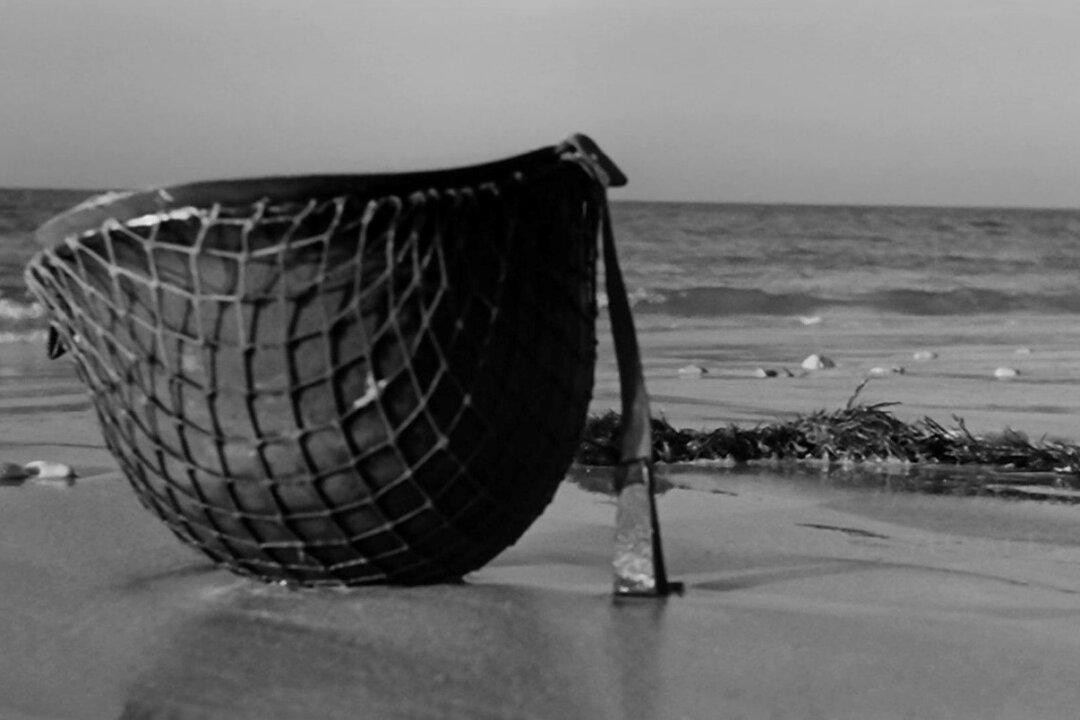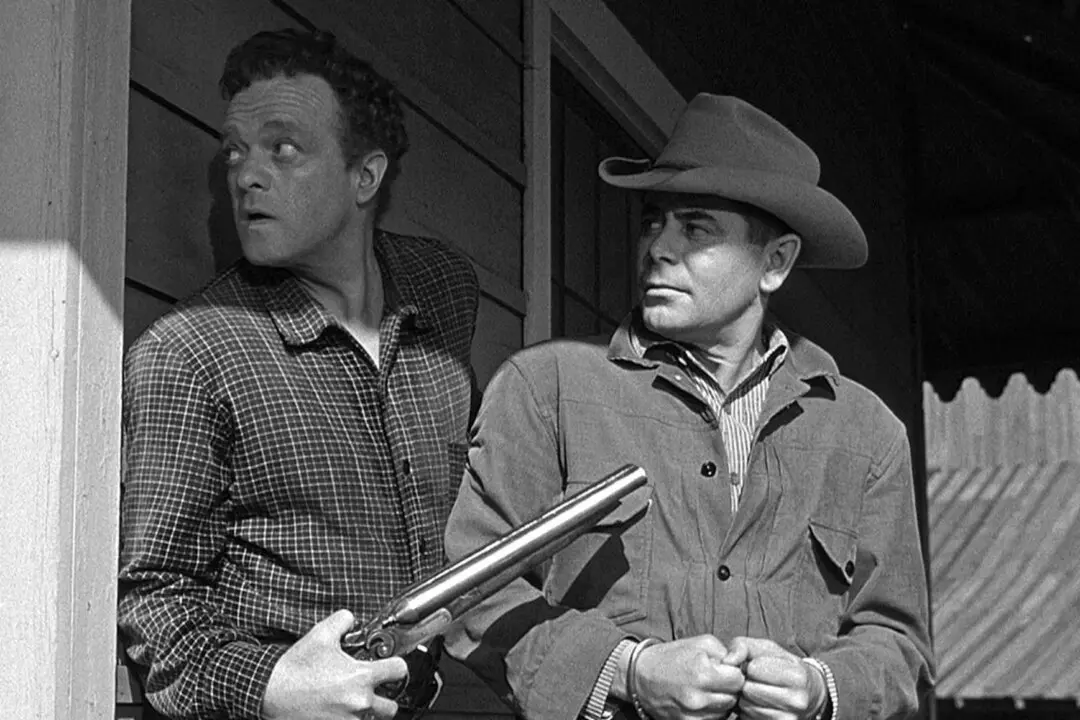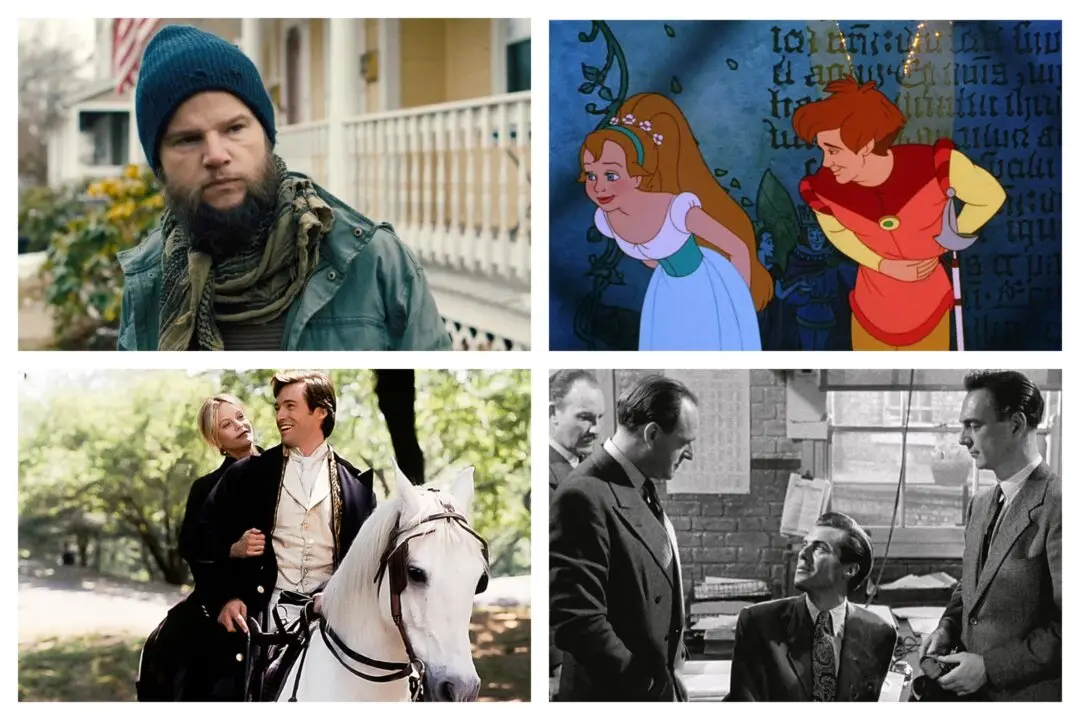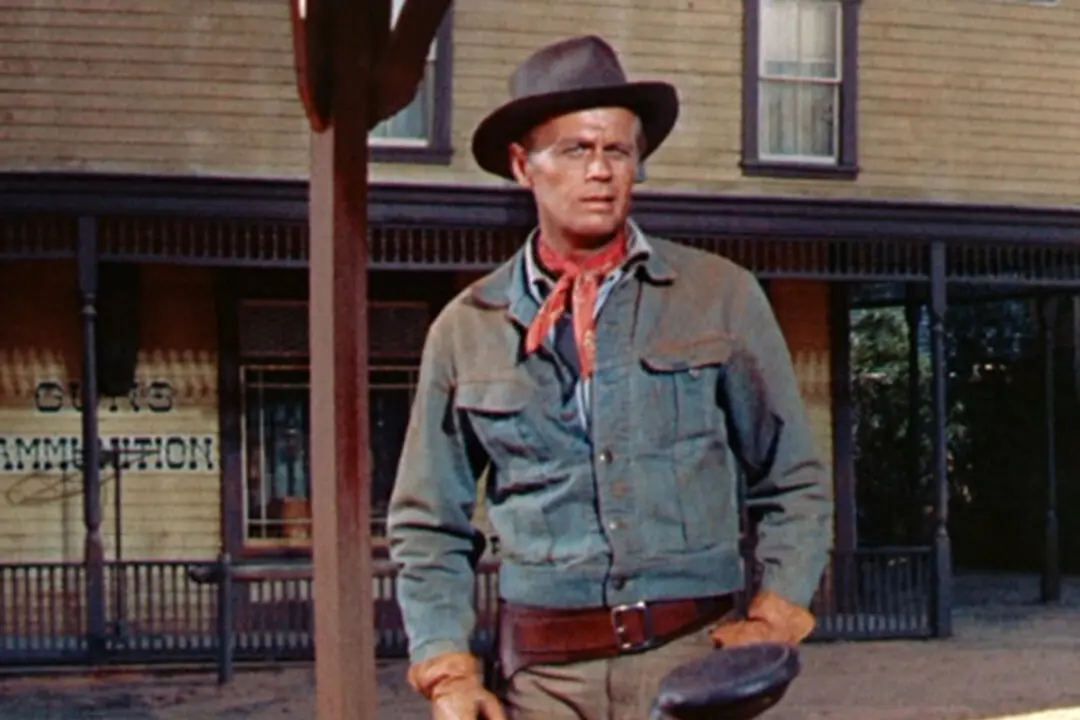G | 2h 58m | Action, Drama, History | 1962
Today movies rely heavily on computer-generated imagery (CGI) for special visual effects, so I marvel at filmmakers from earlier eras who created stunning effects without it. Although these effects may be more time-consuming to construct and synchronize, they often appear far more realistic.






